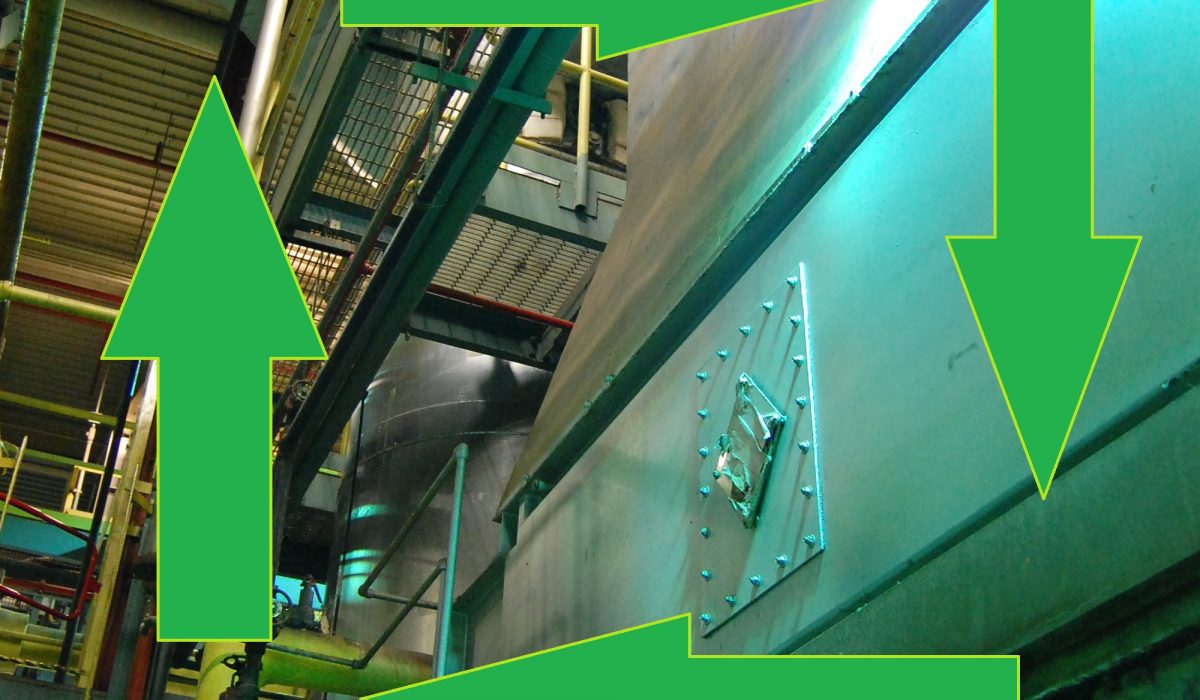 The ability to procure sustainable value within a process system, boiler room or plant provides a huge advantage to business. By their very nature, these industries use up fuel and raw materials to create products and energy. The less material you need for any given process, the less you have to pay for. When it comes to the production of consumer goods, such as food products, using less material to create the same result means you can create more product.
The ability to procure sustainable value within a process system, boiler room or plant provides a huge advantage to business. By their very nature, these industries use up fuel and raw materials to create products and energy. The less material you need for any given process, the less you have to pay for. When it comes to the production of consumer goods, such as food products, using less material to create the same result means you can create more product.
The secret to sustainability in the process industry is reliability. Instruments should be calibrated for optimized performance and communicate all valuable information to plant engineers. This is where automation’s abilities thrive. Harnessing automation technology in the following ways will generate reliable and sustainable plant instruments.
- Preventative and Predictive Maintenance
This sustainability issue doubles as a safety issue. The worst kind of safety maintenance a plant can have is reactive. Control systems should be optimized in such a way that plant engineers are made aware of potential errors before they have a chance to wreak havoc. This kind of automation, however, is only preventative. If you want to take your reliability and sustainability a step further, you will calibrate for predictive maintenance as well. An intelligent control system can record and remember the continuous activities of a plant and learn the signs of a potential problem before an error ever occurs. When preventative and predictive maintenance work in tandem, they create an optimized environment with few, if any, major malfunctions. - Alarm Management and Reduction of Nuisance Trips
Last week, we discussed the importance of alarm prioritization as a method of measurement within the process industry. Alarm management is equally important for sustainability. Every nuisance trip wastes energy and employee time. At the same time, an overabundance of alarms can confuse plant workers and create misunderstandings of which alarm is the most crucial. Control systems can be automated in such a way that all this is resolved. The system will run smoothly and communicate all information in an actionable manner to the plant engineers. This avoids wasted time, materials and cost. - Instrument Reliability Experts
All the above will be for naught if the system isn’t put in place with the kind of care instrument reliability experts provide. Make sure you find an engineering consultant with an in-depth knowledge of what reliability and sustainability mean for your business.


